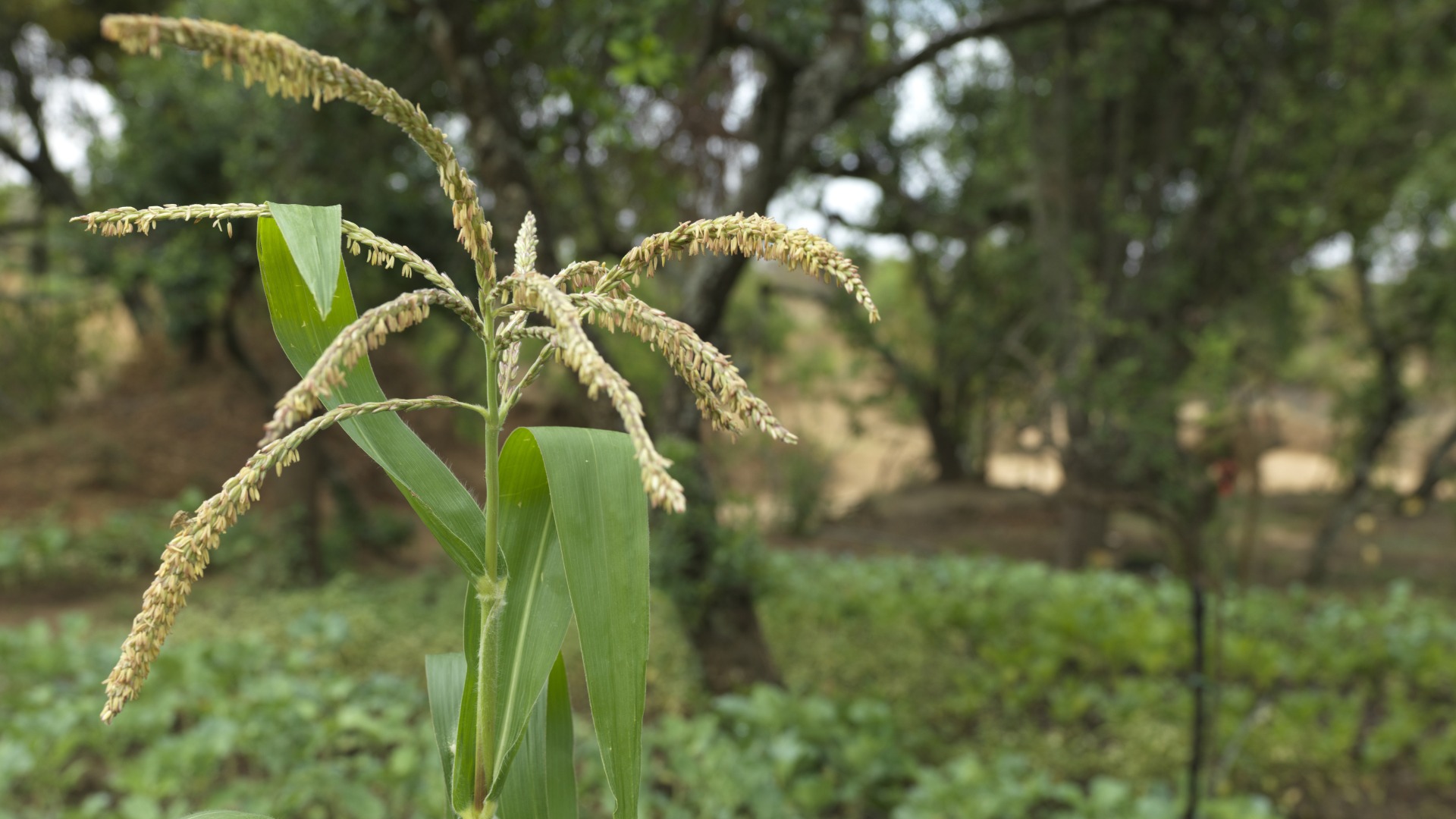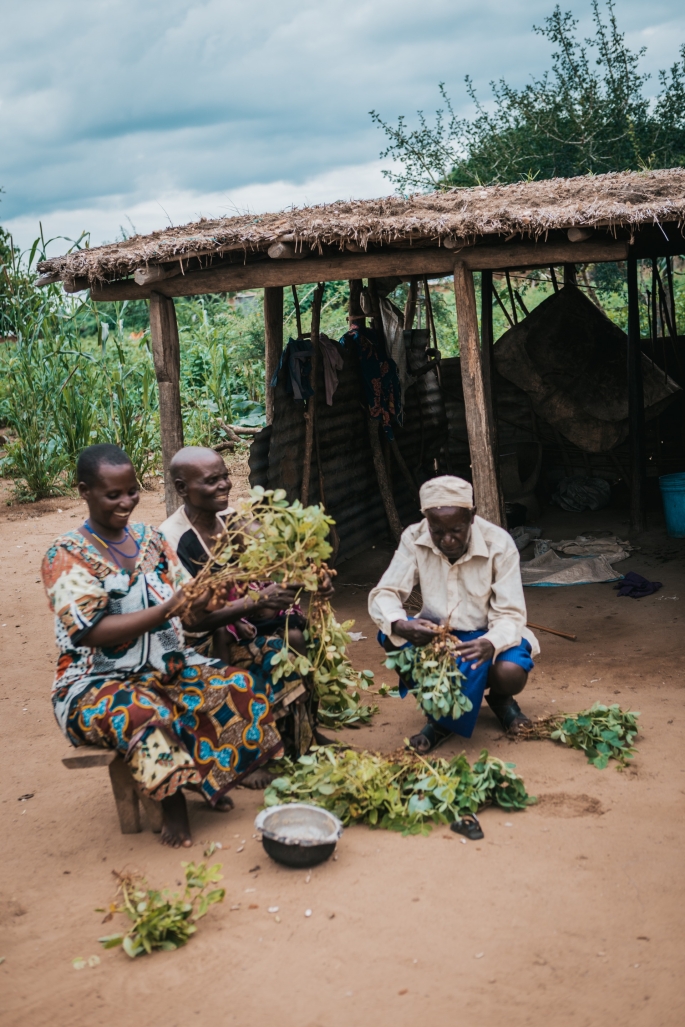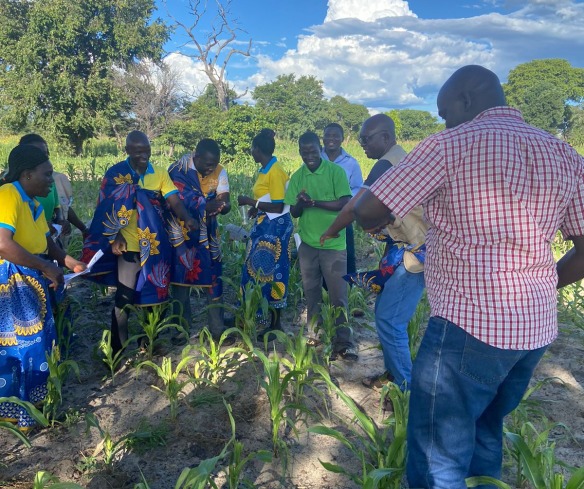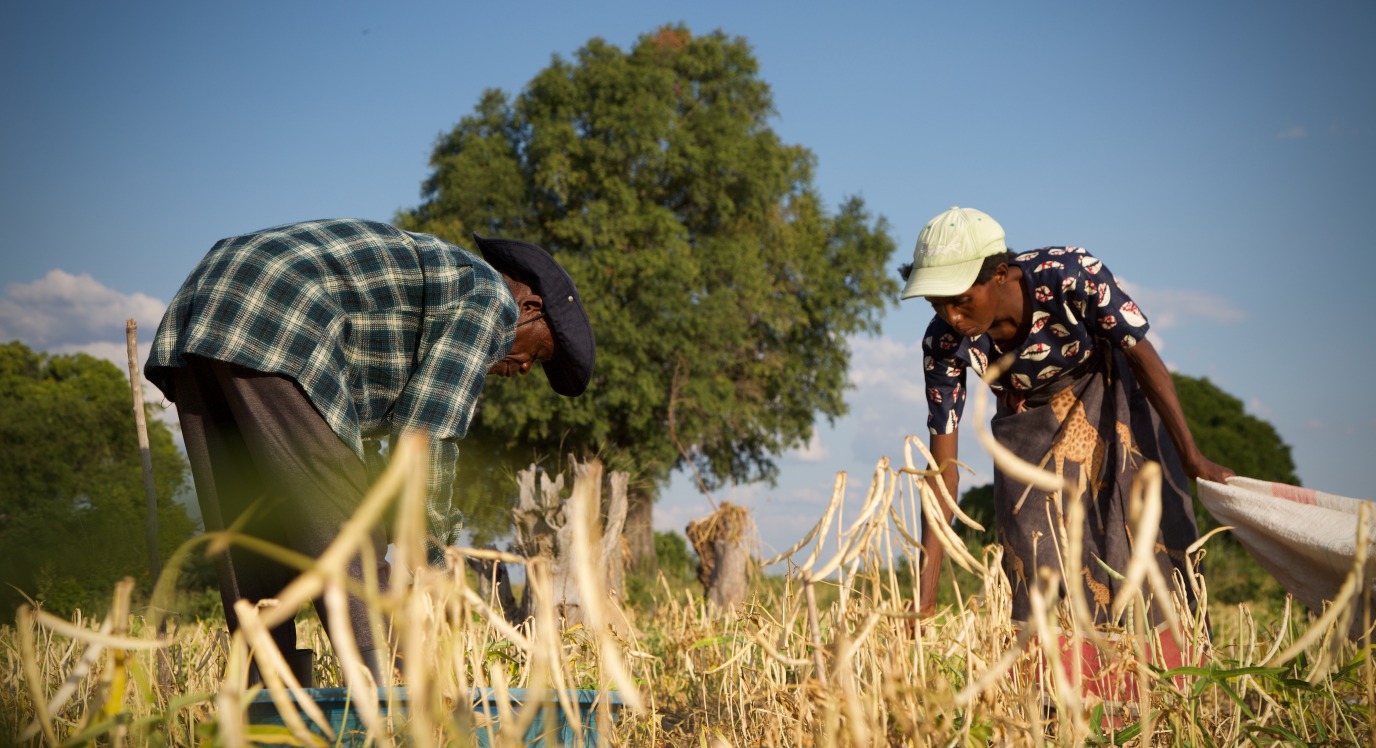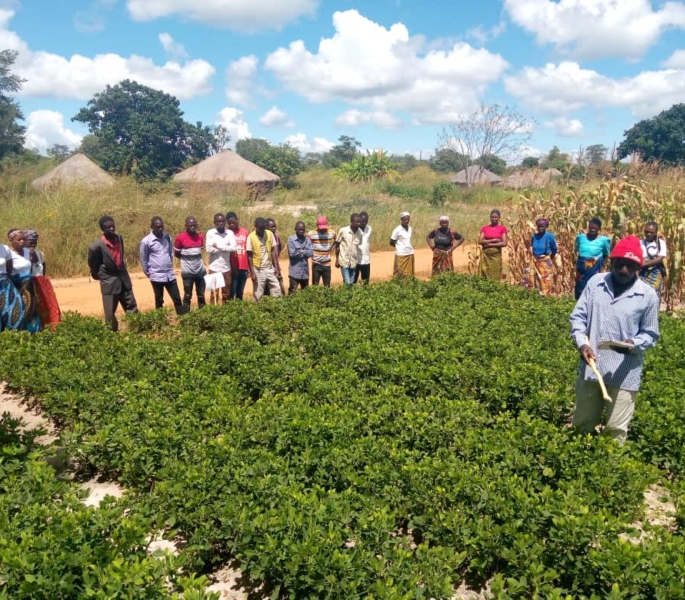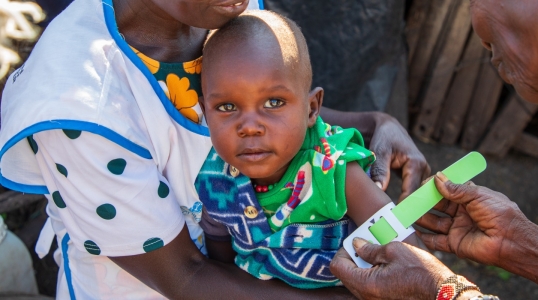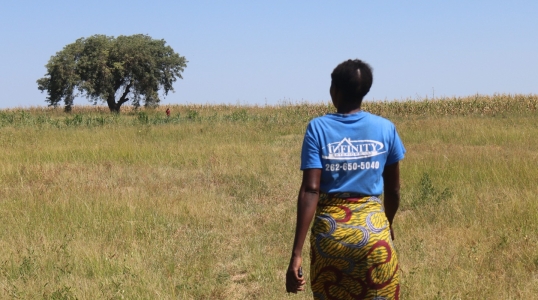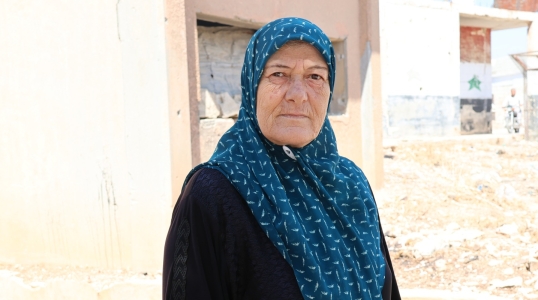
The State of Hunger in Zambia
Despite years of socioeconomic progress in Zambia, more than half of the population still lives in poverty and its malnutrition rates are among the highest in the world. Hunger is driven by poverty, inequality, gender disparities, poor dietary diversity, chronic food insecurity, and a lack of clean water.
Most of the population depends on agriculture for their income – a precarious livelihood in a country that is particularly vulnerable to the effects of climate change. Zambia’s rainy season has become increasingly erratic, with short, intense downpours creating flooding between spells of drought.
